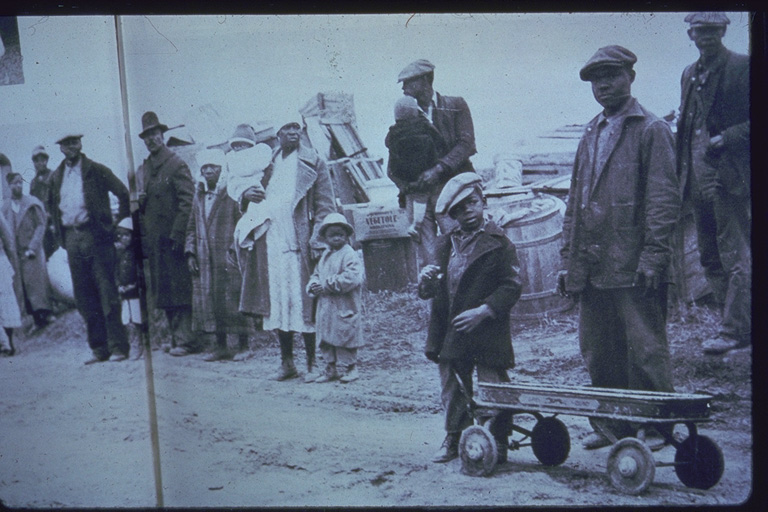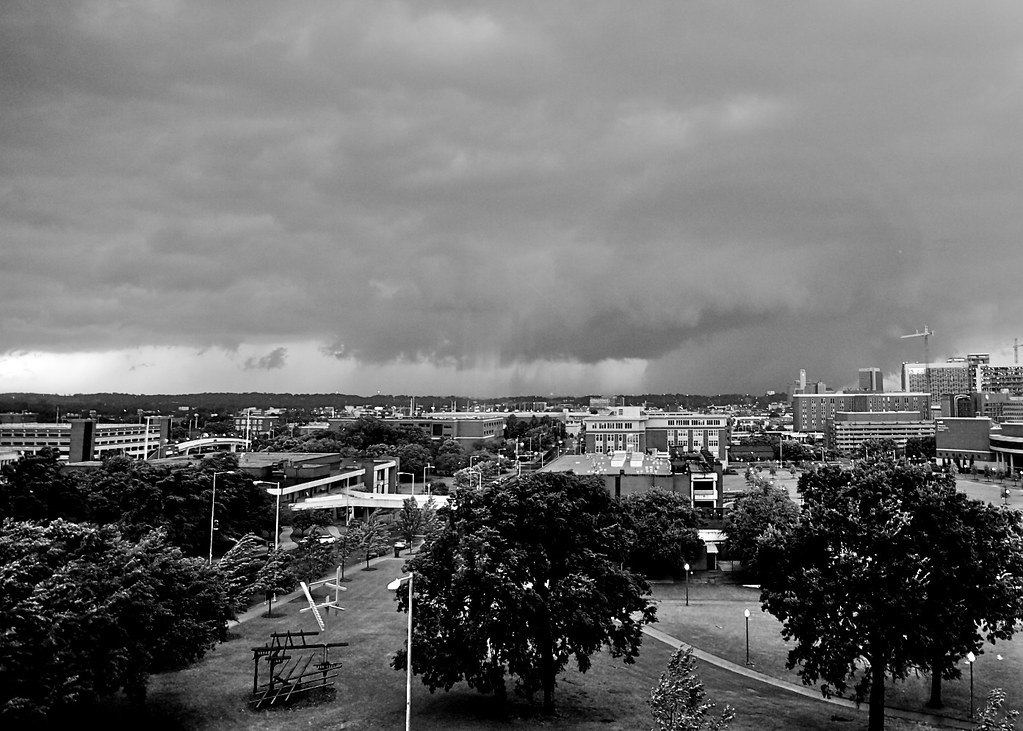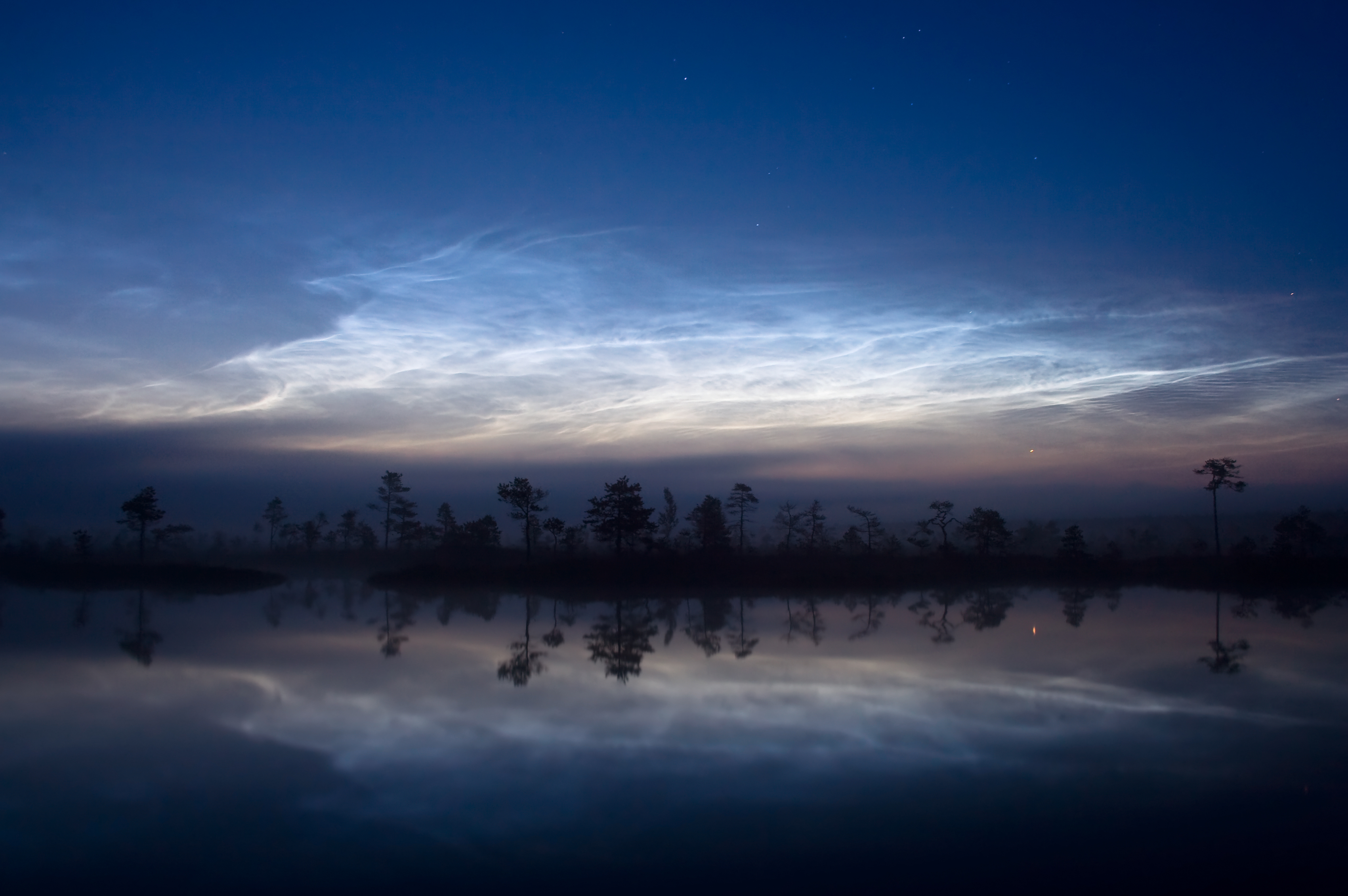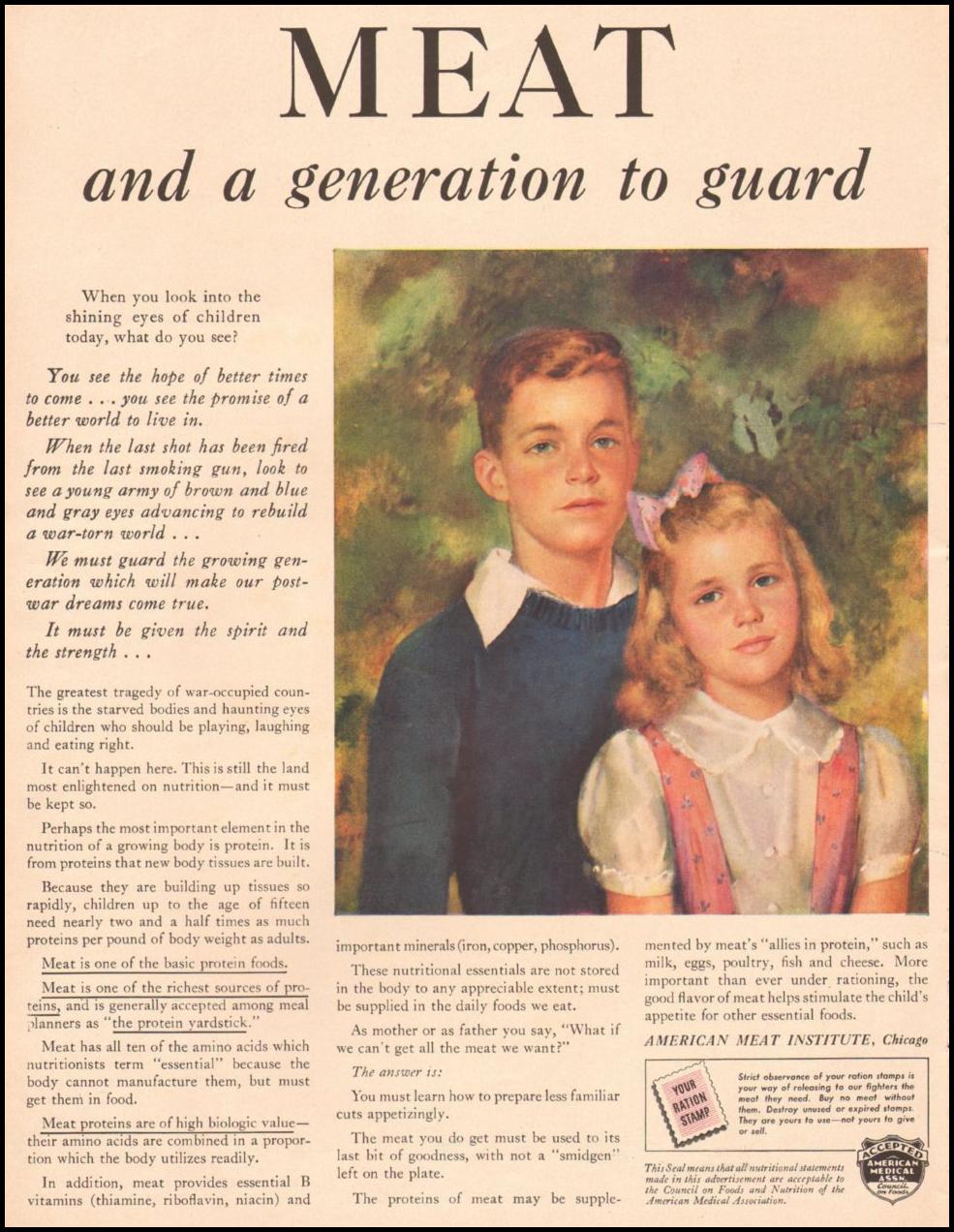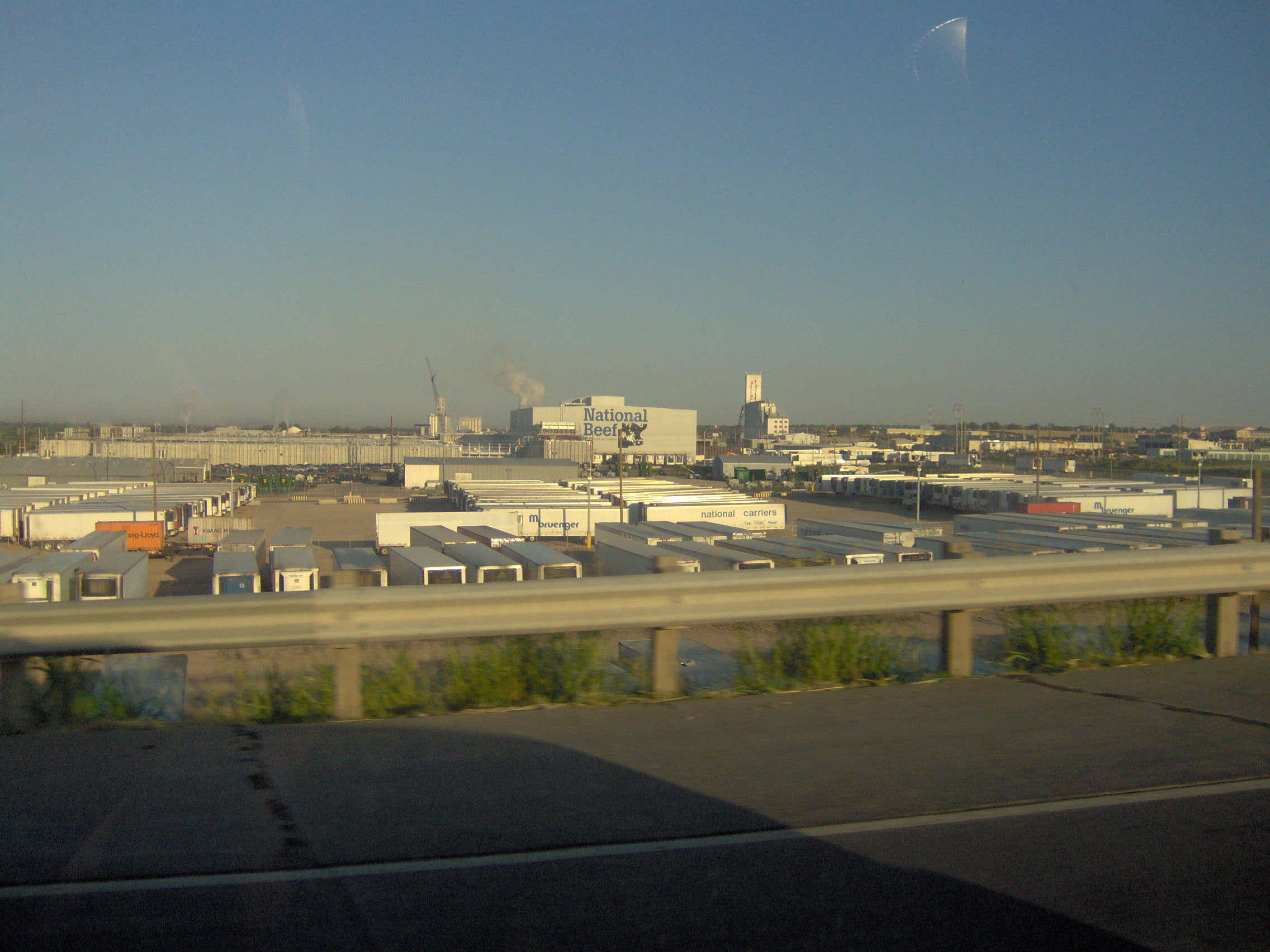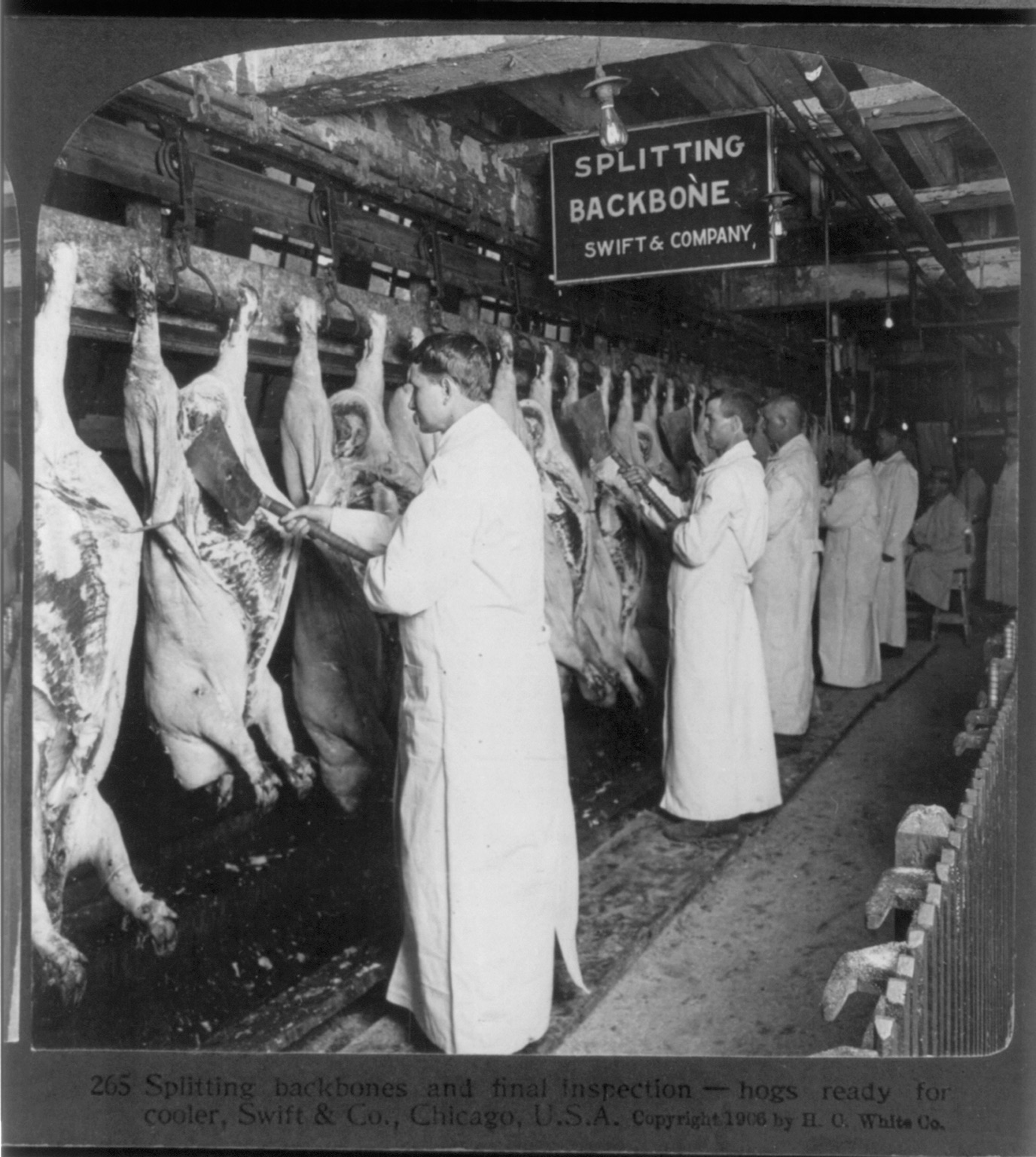.

Dying, Varanasi (Benares): photo by fredcan, May 2009
On his photo Dying, Varanasi (Benares) (brought to our attention by poet friend Aditya), the photographer, fredcan, has this to say:
Varanasi (Bénarès) est aussi la cité de la mort. Plus que n'importe où ailleurs, la vie et la mort s'y juxtaposent, comme pour nous rappeler que rien n'est permanent et que la mort est la seule certitude qui existe.
Je suis tombé sur cette vache à l'agonie, alors que je descendais Harichandra Ghat en direction du Gange, un matin à l'aube. Il n'est pas rare que les vaches tombent en descendant les ghats, se cassent les membres et finissent paralysées. Elles sont alors laissées là, agonisantes. Dans ces cas là, certains viennent s'occuper d'elles, les nourrissent, leur donnent des calmants et les couvrent de couvertures, jusqu'au bout. Il ne viendrait à l'idée de personne de mettre un terme à leur souffrance, puisque, on s'en doute, tuer une vache représenterait un terrible péché pour un hindou.
Varanasi is also the city of death. More than anywhere else, death and life are side by side, as if to remind us that nothing is permanent and that death is the only certainty that exists.
I came across this dying cow one morning at dawn, as I was walking down Harichandra Ghat, towards the Ganga. Sometimes, cows fall down the ghats and break their legs. They end up paralysed and are left there dying. When this happens, some people come and take care of them, feed them, give them drugs and cover them with blankets, until the end. It wouldn't cross anyone's mind to put an end to the animal's suffering, since, unsurprisingly, killing a cow would be seen as a terrible sin for a Hindu.
* * *
William Blake: The Human Abstract
Pity would be no more,
If we did not make somebody Poor:
And Mercy no more could be,
If all were as happy as we;
And mutual fear brings peace;
Till the selfish loves increase.
Then Cruelty knits a snare,
And spreads his baits with care.
He sits down with holy fears,
And waters the ground with tears:
Then Humility takes its root
Underneath his foot.
Soon spreads the dismal shade
Of Mystery over his head;
And the Catterpiller and Fly,
Feed on the Mystery.
And it bears the fruit of Deceit,
Ruddy and sweet to eat;
And the Raven his nest has made
In its thickest shade.
The Gods of the earth and sea,
Sought thro' Nature to find this Tree
But their search was all in vain:
There grows one in the Human Brain.
The Human Abstract: William Blake, from Songs of Experience, 1794

William Blake: title page of Songs of Innocence and of Experience, 1794
Black refugees evicted from sharecropping, now living on roadside, Parkin, Arkansas: photo by John Vachon, 1936 (Farm Security Administration/WPA, Library of Congress)

Three families camped on the plains along U.S. 99 in California. They are camped behind a billboard which serves as a partial windbreak. All are in need of work. Billboard reads "Next Time Try The Train. Southern Pacific. Travel While You Sleep": photo by Dorothea Lange, November 1938 (Farm Security Administration/WPA, Library of Congress)

Berlin, morning after the British bomb attack of 23-24 August 1943: amidst their salvaged possessions, two homeless women seated and waiting for evacuation: photographer unknown, August 1943 (Deutsches Bundesarchiv)
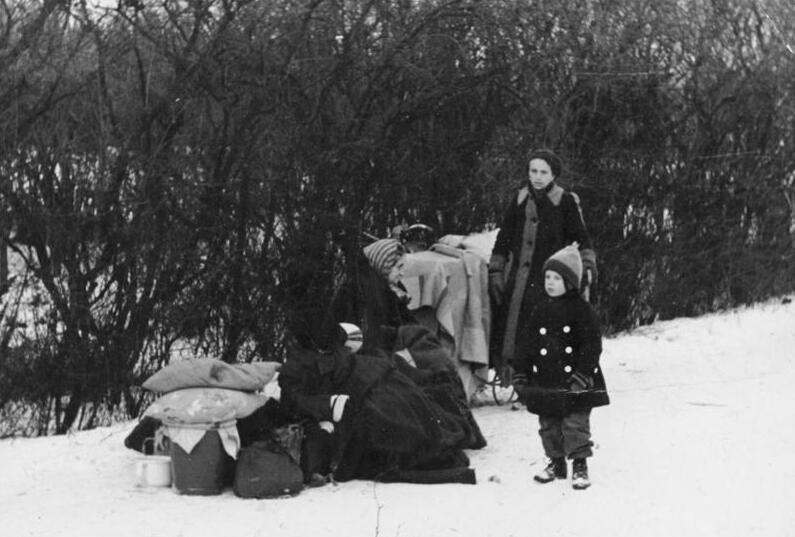
Refugee family in Upper Silesia, waiting in the freezing cold for someone to pick them up to flee their homeland to the west to safety: photo by Blaschka, January 1945 (Deutsches Bundesarchiv)

Berlin Hauptbahnhof: homeless refugees from Pomerania, East and West Prussia, fleeing westward: photographer unknown, March 1945 (Deutsches Bundesarchiv)

Homeless cat, Japan: photo by 新 日 本 奇 行 ふたたび, 10 December 2008

Wrestlers of Pehlwani, Varanasi (Benares), Uttar Pradesh, India: photo by fredcan, 10 March 2008.
"...un combat entre pehlwani, les lutteurs de Varanasi (Bénarès). Je suis allé chaque matin pendant plusieurs jours à l'akhara (l'école), mais les combats n'ont jamais vraiment eu lieu. Tout est toujours très aléatoire et imprévisible en Inde, ce qui rend tout projet improbable."
"...a fight between pehlwani, the Indian wrestlers of Varanasi (Benares). I had been going to the akhara or school for several days, but fights never really occurred. Everything is always uncertain and unpredictable in India, which makes all kinds of plans rather unlikely."
View of the Ghat of Varanasi from the River Ganges: photo by mirrormundo, 8 April 2009
